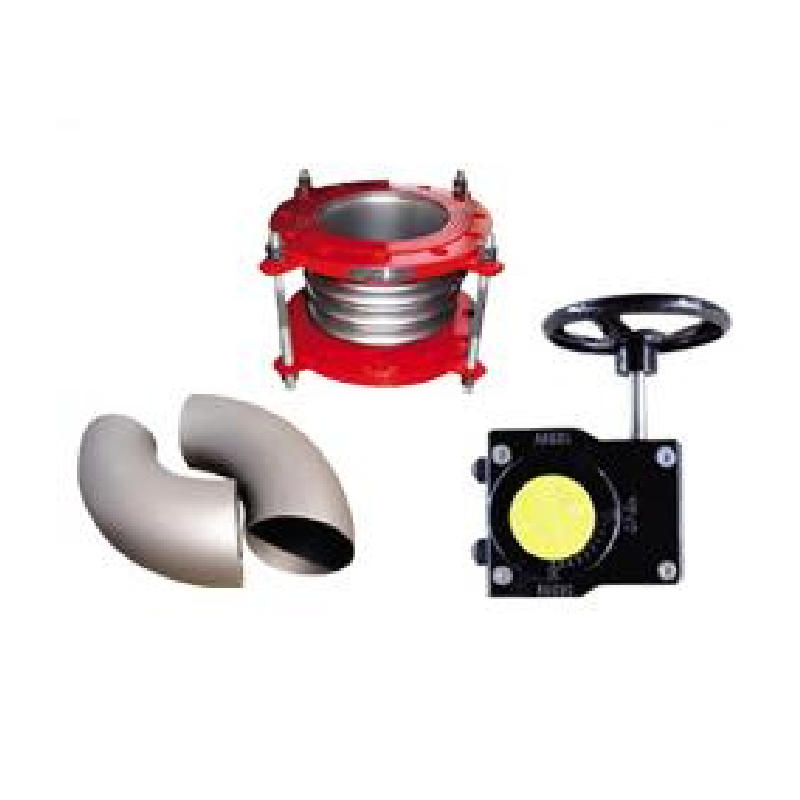ធ្នូ . 12, 2024 10:47 Back to list
electric wire cable
Understanding Electric Wire Cables Types, Uses, and Safety
Electric wire cables play a critical role in the functioning of modern society, serving as the backbone for transporting electrical energy across various applications. From powering homes to facilitating communication, these cables are indispensable in our daily lives. This article will delve into the types of electric wire cables, their uses, and important safety considerations.
Types of Electric Wire Cables
Electric wire cables come in various types, each designed for specific applications. Understanding these types can help consumers and professionals select the appropriate cable for their needs.
1. Power Cables These are used for transmitting electricity over long distances. They can be categorized into low, medium, and high voltage cables, depending on their voltage ratings. Typically made from copper or aluminum conductors, power cables are insulated with materials that can withstand environmental conditions.
2. Control Cables Control cables are designed to monitor and control electrical systems. Commonly used in industrial settings, these cables carry signals from control panels to devices like motors and sensors. They are often multiconductor cables, allowing for multiple signals to be transmitted simultaneously.
3. Communication Cables This type includes cables used for telephone and internet services. Fiber optic cables, which use light to transmit data, fall under this category. Traditional copper cables, such as twisted pairs, are still in use for many communication networks.
4. Flexible Cables Unlike rigid cables, flexible cables are designed for applications requiring constant movement. These can be found in electric appliances and power tools, where flexibility is essential for ease of use and safety.
5. Specialty Cables These cables are designed for specific environments or applications, such as high-temperature cables used in industrial settings or underwater cables for marine operations. Understanding the environment in which a cable will be used is crucial for safety and functionality.
Uses of Electric Wire Cables
electric wire cable

Electric wire cables are used in a multitude of applications, making them an essential component in various sectors including residential, commercial, and industrial. In homes, wiring systems rely on electric cables for lighting, heating, and powering appliances. In commercial buildings, they are vital for telecommunications and energy supply systems.
In industrial settings, cables enable the operation of machinery and equipment, ensuring efficient processes. Moreover, the rise of renewable energy sources, such as solar and wind, has increased the demand for specialized cables capable of handling these technologies.
Safety Considerations
While electric wire cables are critical for our infrastructure, safety should always be a top priority. Here are some key safety considerations
1. Proper Installation Cables should be installed by qualified professionals who understand electrical codes and safety standards. Incorrect installations can lead to short circuits, fires, or electrocution.
2. Choosing the Right Cable Always select cables based on their specified ratings for the intended use. Using an undersized cable for high current applications can result in overheating and potential hazards.
3. Regular Inspections Routine checks for wear and damage can prevent unexpected failures. Look for signs of fraying or exposed wires, especially in high-use areas.
4. Avoid Overloading Never overload circuits by daisy-chaining multiple power strips. This can lead to overheating and risk of fire.
5. Using Protective Gear When working with electrical installations, it is essential to wear appropriate personal protective equipment (PPE) such as insulated gloves and safety glasses.
In conclusion, electric wire cables are fundamental for the efficient functioning of electrical systems in a vast array of applications. By understanding the various types and uses, as well as adhering to safety guidelines, individuals and businesses can ensure a reliable and safe electrical supply. As technology advances and the demand for electricity grows, the importance of using the correct cables and prioritizing safety will only become more significant.
Share